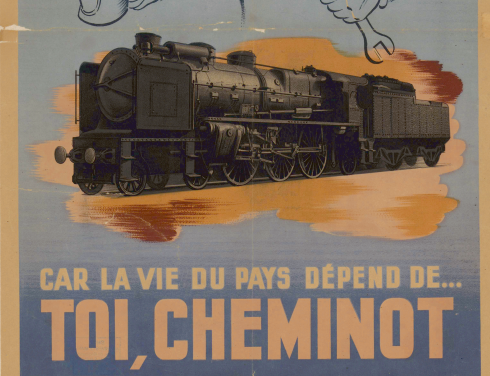You will find here a selection of documents on the theme of personnel during World War II:
0026LM0036-003 (pages 173-174)
Remuneration and working conditions of French locomotive drivers occupied by the DRB (1943)
This document discusses in detail various aspects of remuneration, including communal housing and food in accommodation barracks, salary, relocation allowance, family allowance, night work, and medical benefits.

